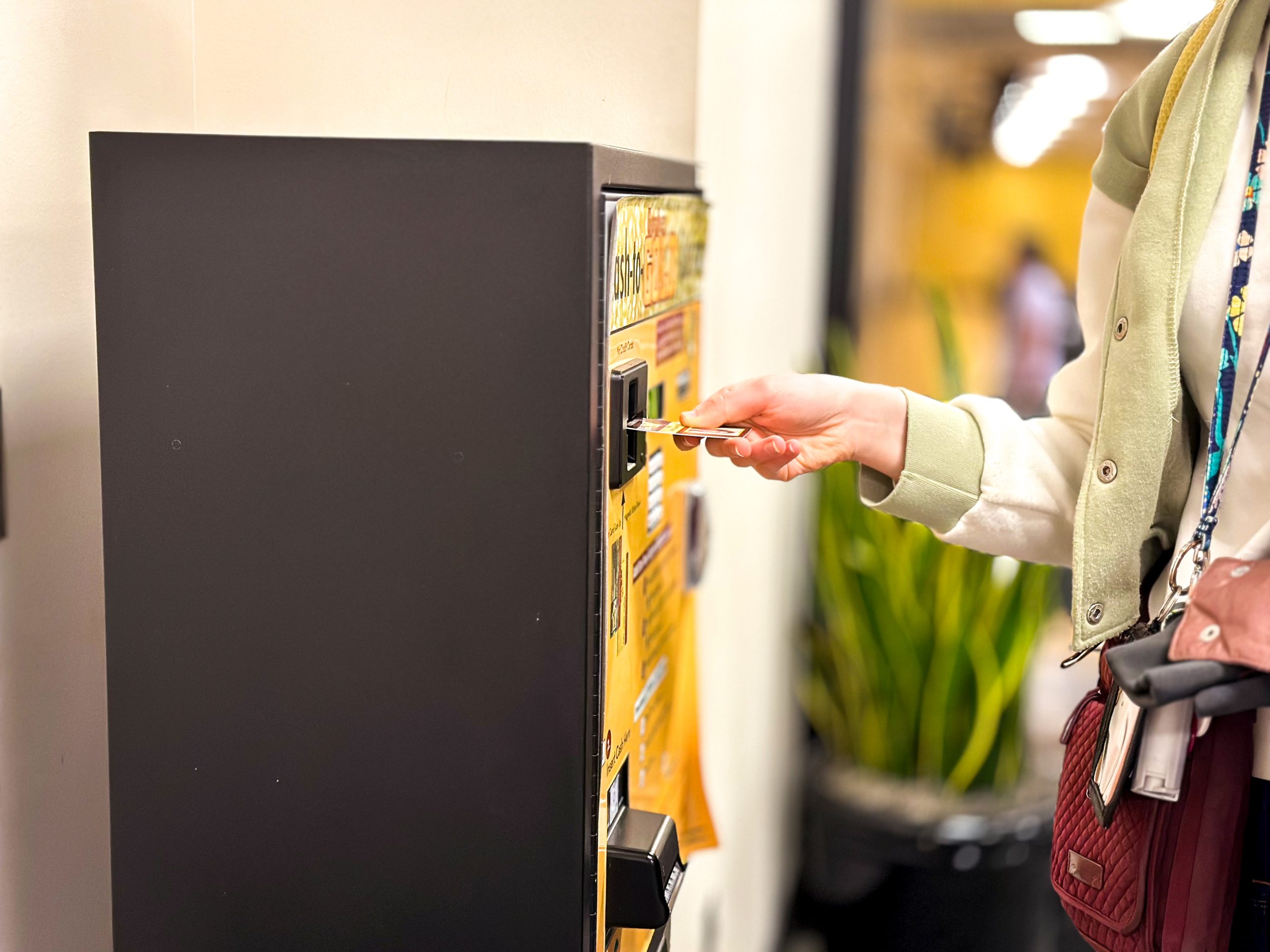The University of Minnesota Medical School will unveil sweeping changes to its curriculum in the fall 2010 semester, the hallmark of which will be an integration of basic science and clinical coursework throughout studentsâÄô education. The first round of changes will impact only first- and second-year students. Incoming medical students will begin their clinical experiences in their first year. Currently, this training doesnâÄôt happen until the second year. âÄúWhen you spend a couple of years primarily learning a lot about science and not actually seeing patients, youâÄôre sort of in your mind saying, âÄòIâÄôm eventually going to be a medical student.âÄô âÄù said Lindsey Henson, the Medical School vice dean for education. âÄúWe donâÄôt want that to happen. Our goal is to be a doctor from the beginning.âÄù First-year medical student Jonathan Avila compared learning basic science without clinical science in the first two years to being given a recipe to bake a cake but never being able to make it. âÄúYouâÄôre learning the science and youâÄôre applying it, and thatâÄôs when you really learn,âÄù he said of the new model. For first-year students in the fall semester, the school will offer courses that: – Emphasize communication skills and a physical exam linked to anatomy. – Fuse anatomy, histology and embryology. – Incorporate biochemistry, molecular biology, public health and nutrition. Second-year students or current first-year students will also see a major shift in their coursework. Many of the basic science courses, such as pathophysiology, pathology and pharmacology, will be integrated into four courses. Students will receive one syllabus, and the faculty in each specialty will work together to organize the coursework. Many students have complained that the second year of medical school feels disjointed from the others, and the new format is intended to solve that, Henson said. An intense period of only basic science courses like biochemistry and genetics can cause anxiety for students, third-year medical student Joy Brintnall said. âÄúIt becomes very difficult to find the basic science relevant when youâÄôre studying just the basic science and you arenâÄôt seeing the big picture of how it relates to medicine and treating patients,âÄù she said. In the current curriculum, faculty members design a patient scenario and give students a set of questions based on it. The new model will replace this with âÄúcritical thinking casesâÄù âÄî specific patient scenarios that run throughout the first two years of medical education. During first-year orientation, students will be broken into groups of about eight who will work together on the cases. âÄúItâÄôs the kind of problem solving you do when the patient walks in the door; they donâÄôt have a sign on their chest that says, âÄòChoose A, B, C or D,âÄô âÄù Henson said. âÄúThey come in, describe their symptoms, and your job as a doctor is to figure out âÄòWhat do I need to know to take this to the next level?âÄô âÄù One of the scenarios will involve an elderly woman who falls and breaks her hip. Students will have to evaluate a number of factors, such as genetic and nutritional links to osteoporosis and the impact of the break on the patient and on the health care system, Henson said. Changes to the third- and fourth-year curriculum will include 10 required rotations, a total of 56 weeks. It will also include a return to foundational science courses for one half-day each week. To parallel the curriculumâÄôs integrated approach, student assessment will be changed to include âÄúfour milestonesâÄù at which students must pass an assessment to continue in their education. The milestones, which have yet to be fully developed, will focus on clinical skills and the ability to integrate knowledge. They will likely incorporate more essays rather than multiple choice questions, said Linda Perkowski, the Medical School associate dean for curriculum and evaluation. Changes to the assessment process are designed to mimic anticipated changes in the United States Medical Licensing Examination, a three-part test medical students must pass at different points in their education. âÄúWe want our current assessment system to evolve to prepare the students for that licensure exam,âÄù she said. The reform is part of a âÄúself-regulationâÄù process that drives the medical profession to perfect itself, said Kathleen Watson, the Medical School associate dean for students and student learning. The Medical School is modeling its curriculum around the needs to society, she added. âÄúWe have to look outside and see whatâÄôs wanted by patients and systems,âÄù she said. âÄúWhat does the country need? What does the world need?âÄù










